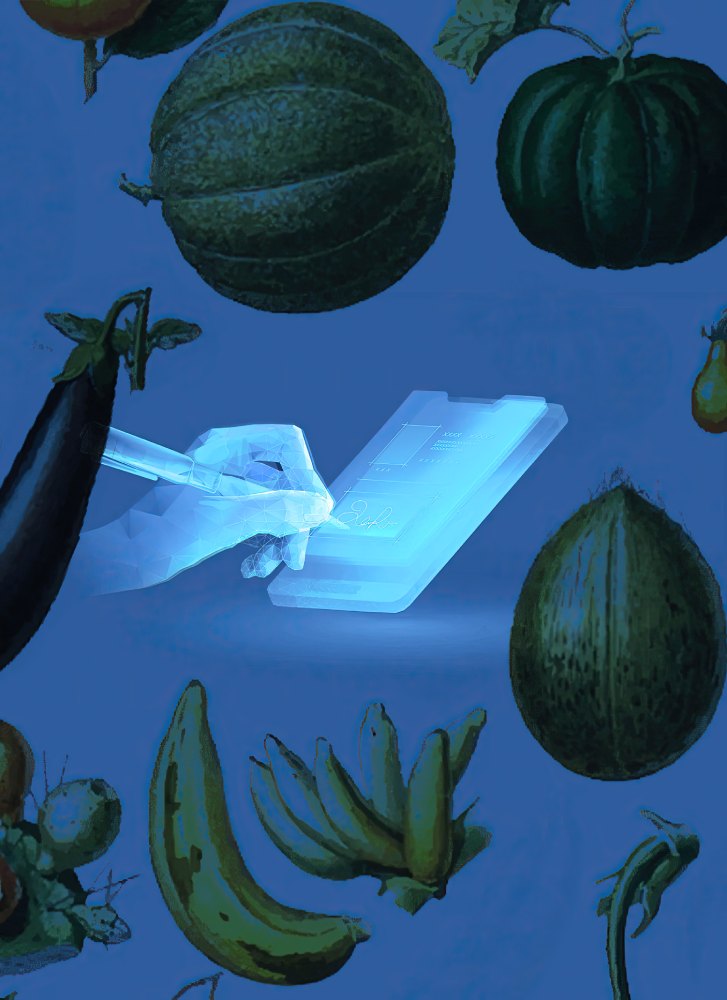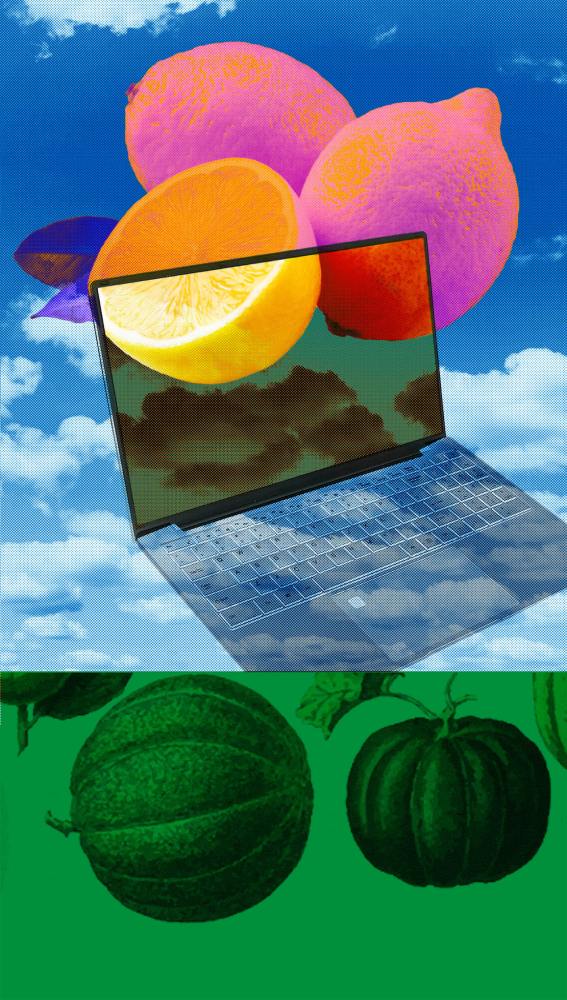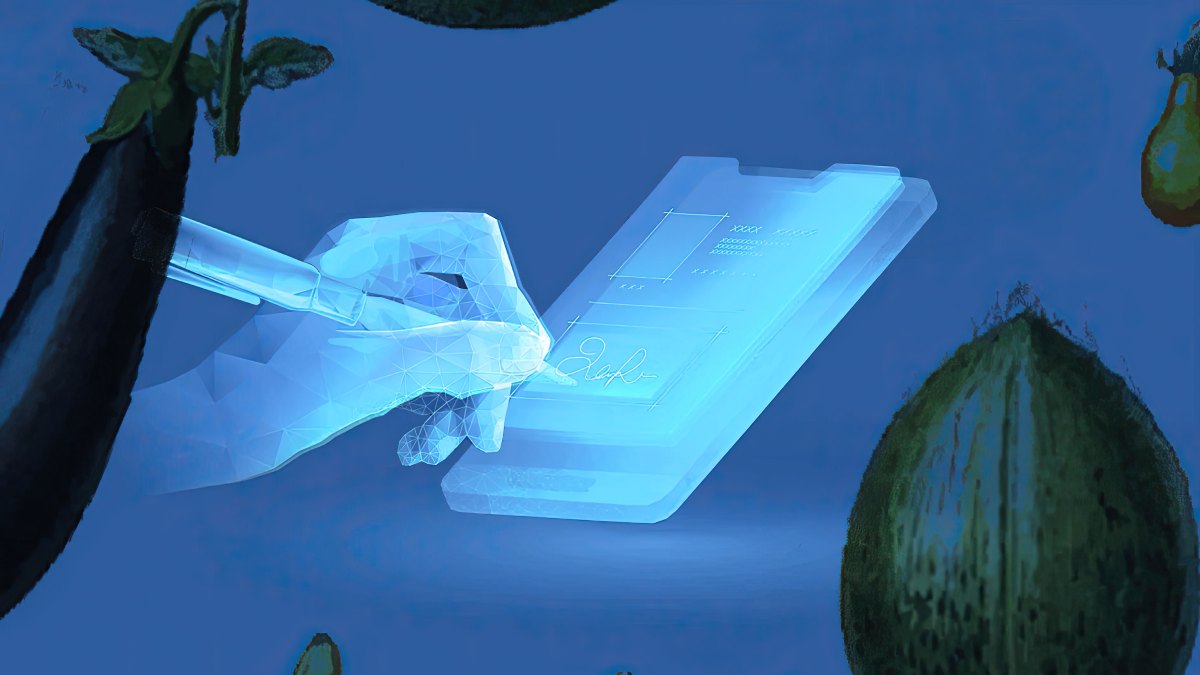Click here to read the Spanish version.
Drones that map large extensions of vineyards to identify possible pests. Sensors that measure the response of each fruit tree to the amount of water supplied. Tractors with autonomous driving that automate sowing by optimizing the amount of seed. The digitization of the field – the capture of data and its analysis – opens a new stage of efficiency and safety in agri-food production. We are talking about the agrotech revolution.
“Traditional farmers base management on their knowledge and intuition, on interpreting where things are going,” explains Iván Lütolf, president and founder of the Agrotech Spain association: “We provide objective data, extracted thanks to our more than 40 technologies to make efficient decisions.
These startups, which offer different hardware and software to digitize agriculture, livestock and fisheries, are essential to understand the depth of the change. A contribution that, according to Agrotech España, provides a thousand companies in this country, about a hundred integrated in the association, with proposals that could be simplified in two.

The first offers a set of solutions to capture data: sensors, drones, satellite images or resource planning systems (ERP) in order to know what is happening. Secondly, there is another line of business intelligence tools that analyze the data, making it possible to minimize energy costs, irrigate taking advantage of every drop or apply phytosanitary products or fertilizers only to the necessary plants thanks to technologies such as artificial intelligence, automatic learning or virtual reality.
THE AUTONOMOUS TRACTOR
“Agriculture now doesn’t depend on the weather, it depends on technology. You can manage all the production processes in a similar way to any industry, because you have the same control over the processes. That’s the big difference. This is explained by Carmen Nicolás, CEO of Just Quality, a Spanish company operating in 86 countries, which has specialized in inspection and quality control for the last ten years.
Nicolás speaks of the farmer of the 21st century as “a highly qualified professional with a high use of new technologies”, far removed from the image of the rough farmer who looks out over the horizon. But to what extent does a farm managed by men and women with an average age of 61.4 years ride this technological wave? The age factor is crucial in a sector where (also according to the Agricultural and Livestock Farming Database) only 15% of crop managers are under 35 years of age.
AGROTECH CAN BE AN INCENTIVE FOR THE NECESSARY REJUVENATION OF THE PRIMARY ECONOMY
“Young people see that farming is a very demanding activity, and not always profitable,” says Lütolf: “That’s why it’s important to explain that there’s no need to work with a hoe and go to the farm every day. Through these technologies, many of their tasks can now be done remotely, from the couch if they want, but the most important thing is the contribution of agrotech in terms of profitability, giving viability to their farms”.
For Nicolás, change is happening in different neighborhoods: “It is true that farms are still managed by the older generations, who are very reluctant to change, but it is also true that medium and large farms are much more professional. But for this consultant, the transition is already there, “when young people enter, it is managed differently, even on family farms. This is the great revolution.
In this way, agrotech can also become an incentive for the necessary rejuvenation of the primary economy. For which it has the support of a startup ecosystem that Agrotech Spain estimates at a thousand companies in 2023. This figure places it as the third power in the sector by number of operators, in a ranking led by the United States and India, according to the first Agrotech Spain sector report.
WHAT DOES A TOMATO TASTE LIKE (TODAY)?
Technologies that talk about increasing production, reducing consumption and energy are undoubtedly good news for the producer, but are likely to raise suspicions among consumers who value quality: are we going to eat better?
“Quality is not at odds with this new model of field management, quite the contrary,” explains Nicolás in a statement that he then qualifies: “Unfortunately, there are no varieties that are highly productive and with high taste quality”.

The producer is forced to decide between production and quality. There are companies for which volume is their main value, which opt for high productivity varieties and technologies that multiply the harvest; on the contrary, others prioritize the cultivation of the most selected varieties and apply technology for the care of each plant.
“It’s true that there is an increasing difference between companies with a high-volume standard product but with less organoleptic value [the qualities perceived by the senses] and those specializing in a premium product,” Nicolás continues, “In this case, the flavor, size and visual aspect of the variety are the ones that take precedence, but unfortunately right now you always have to sacrifice something.”
In Nicolás’ opinion, precision agriculture will make many of these plantations that are committed to quality viable. “When the setting goes through those varieties with high organoleptic potential, if you don’t put technology in production, you fail. It allows us not to be so dependent on the weather and to reach the genetic potential of the variety when the weather conditions are favorable but, and this is the important thing, also when they are not, as has happened in recent years”.
MORE FOOD SAFETY?
In a consumer context such as the European one, the most demanding in the world in terms of food safety, we are looking for the contribution of this new scenario to one of the greatest demands of the citizen.
And the answer is traceability and transparency in labeling: clean label. “Technologies such as blockchain allow us to know without any doubt and without anyone being able to alter the information, from which farm and producer a fruit or a cereal has come, but also each of the processes on its way to the market. Lütolf gives as an example the controversy over the origin of honey, since much of the honey imported from China is presented as Spanish: “With blockchain fraud would be avoided, because it is a technology that allows consumers to know that what they buy is produced with European standards”.
France’s Carrefour was the first to announce the implementation of this tamper-proof traceability. In 2018 it presented the integration of the system in different varieties of chicken, tomato, fresh milk or salmon, with the intention of adding new products. In Spain, the pilot experience was carried out with free-range chicken from the Galician company Coren and IBM technology.
However, an exceptional observer such as Carmen Nicolás considers that we will have to wait for the European consumer to enjoy this additional security: “It is at a very early stage”. The agrotech revolution has only just begun, and we will have to wait to see if it delivers on its promises.
BIOTECH and FOODTECH
To get up to speed on what the agrotech revolution means, it is useful to differentiate between the flood of neologisms that can be misleading: biotech and foodtech are two of them:
- Biotech: “The application of science and engineering principles to the processing of organic and inorganic materials by biological systems to produce goods”. With the cryptic definition, the OECD alludes to advances such as the creation of pest-resistant citrus varieties, vegetables that consume less irrigation, or more fragrant tomatoes.
- Foodtech: Concept of the food processing industry that refers to the use of technology and innovation to improve the production, distribution and consumption of food in a more efficient, sustainable and safe way. It is the origin of proposals such as plant-based protein, but also food delivery apps.

